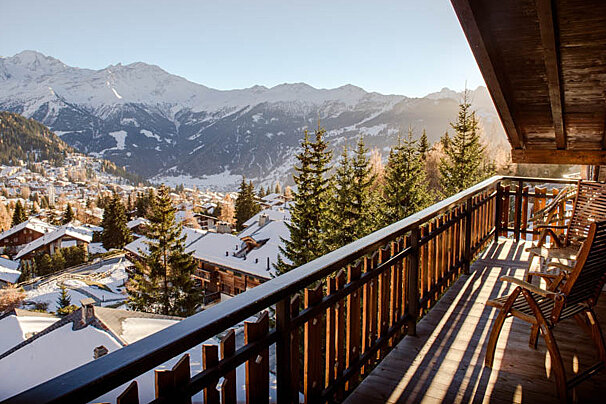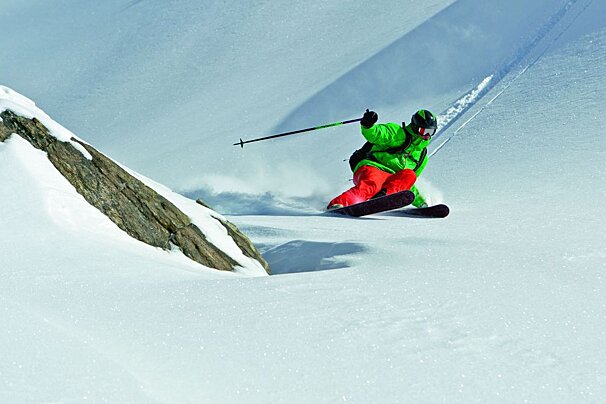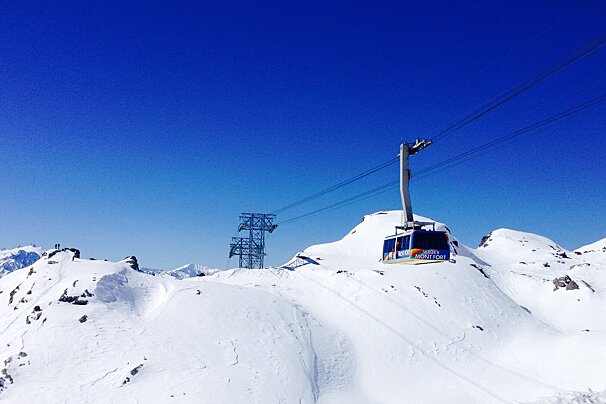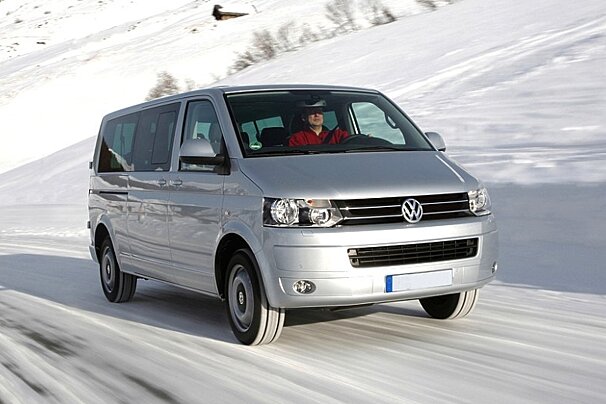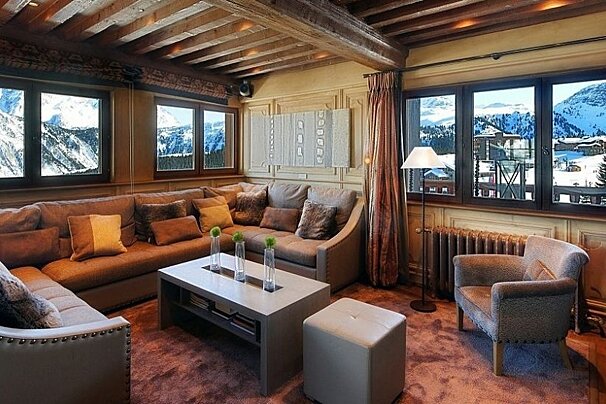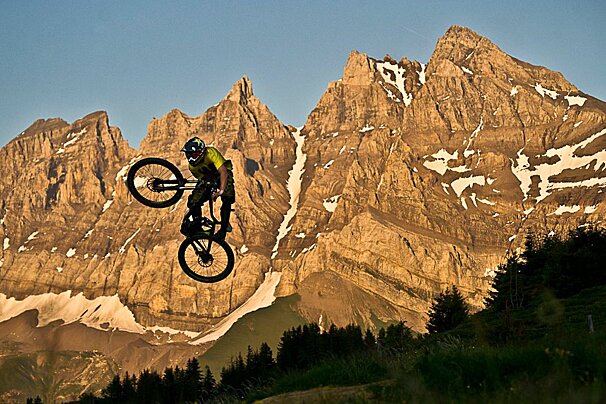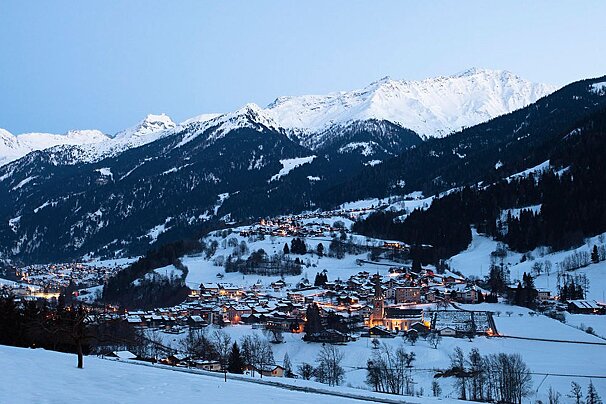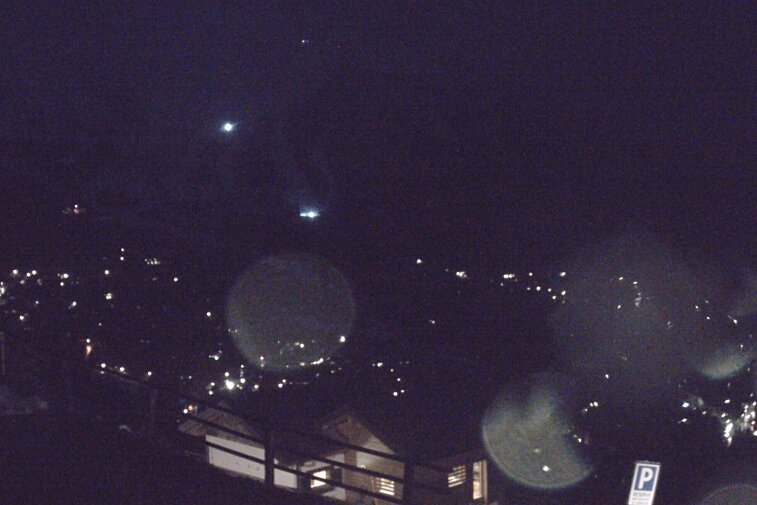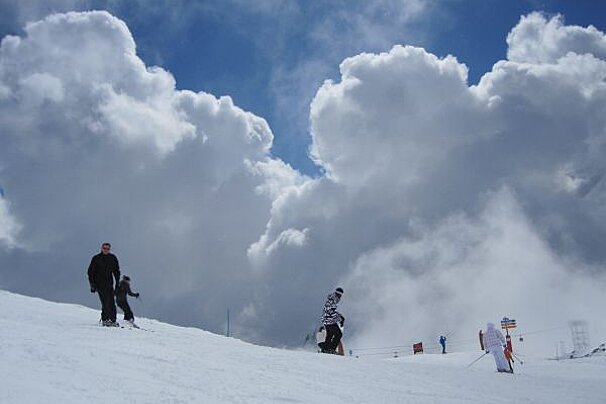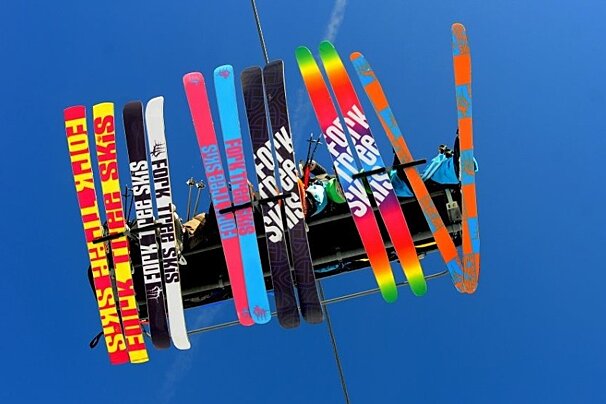Typical Dishes
Possibly the most well-known of Alpine dishes is the fondue, a sturdy pot full of melted cheese into which you dip chunks of crusty bread. A favourite dish in the mountains of France, Italy, Austria and Switzerland the exact recipe will vary according to where you are. The cheese melt is a concoction of a variety of local cheeses (often reblochon, gruyère, comté, beaufort or emmenthal), a little garlic and seasoning, a glug of alcohol (kirsch, white wine, or some local liqueur) and a bit of flour for thickening. You can then get variations that may contain nuts, mushrooms, tomatoes, chillies, and other flavours. There are also dessert options made of melted chocolate into which you dip fruit.
A similar dish is the raclette; a half moon of cheese that you melt in front of a small table-top grill and spoon over your plate of potatoes, meats, salad and pickles. It can also be served in slices that you put into small individual pans and hold underneath a grill.
If that’s not enough cheese for you, you could always opt for the Tartiflette! A heavy dish of potatoes layered with cheese, cream and pieces of bacon this is an-ever popular dish in the mountain restaurants. Individual portions will usually be cooked and served in an earthenware dish, but you may also see it being cooked in enormous skillets (usually in self-service mountain restaurants) and dished up with a green side salad. It is perfect skiing food due to it being hot, tasty and extremely filling – although it may put an end to further activity for a few hours!
 |
| Pierre Chaud |
Pierre-chaud, braserade and meat fondue are strictly for committed carnivores. The pierre-chaud is a hot rock on which you sizzle a selection of raw meats and the braserade is similar to a table-top BBQ; both normally come accompanied by a selection of sauces and potatoes or fries.
The meat fondue works along the same principal as the cheese version – a cauldron heated over a small burner that you dip into using long forks. Instead of a melted cheese sauce the cauldron is filled with hot oil into which you dunk pieces of raw meat until they are cooked to your liking; there may be a selection of seasoning or sauces to flavour your meat.
After all this dunking, melting and sizzling you may have come to the conclusion that Alpine cuisine all sounds a bit DIY! However, there are a number of regional dishes besides the usual cheese-fests that are worth seeking out. Fricasée de caïon is a very traditional dish that is being revived in some Savoyard restaurants; it is a type of rich slow-cooked casserole made of pork marinated in onions, seasoning, pig’s blood and wine. Pork is a popular meat out here and as well as the jambon (ham) and lardons (small pieces of bacon) that flavour many dishes there are also a variety of pork sausages and dried or salted meats to try. Diots are one of the most common sausages and are often cooked in white wine with crozats, which are tiny squares of pasta. Farcement is a very unusual dish that combines sweet and savoury ingredients such as bacon, onions, prunes, raisins, potatoes and cream. All the ingredients except for the bacon are combined; a mould shaped like a small beach bucket is lined with the bacon and then filled with the mixture. The covered mould is then placed in a pan of boiling water for around 3-4 hours so that when it is tipped out the mixture has cooked and set almost like a cake. It is served cut into slices.
 |
| Trout Meuniere |
Although you might think that the Alps are too far from the coast for the fish to be worth a try there are a few local species that come from the clear waters of the Alpine lakes.
Lavaret is related to the salmon and lives at the bottom of cold lakes, particularly the Lac du Bourget; it has a delicate white flesh which is often served whole and cooked in butter or in filets with sorrel or au gratin. Fera is often seen on Savoyard menus and is the big brother of the Lavaret, it will sometimes be served in fish pie.
Perch is widely fished in the summer and can often be found in restaurants, either as fully grown fish or eaten whole and deep-fried like whitebait.
Char, like the lavaret, is similar to salmon and likes the deep cold waters of alpine lakes; it is often called omble-chevalier on French menus and is considered the finest of the Savoie lake fish. You will often see fish cooked ‘meuniere’ on menus; this means that they have been dipped in flour and cooked in a simple sauce of butter, parsley and lemon (almonds are also often added).
Alpine cuisine is rich and calorific through necessity. In years gone by mountain villages could be isolated from roads and other regions for months on end, especially during a harsh winter. Instead of relying on fruit and vegetables to be brought in from warmer areas, or fish to be transported from the coast; they survived on what they could produce themselves and what would preserve well throughout the winter. Meat and dairy products from goats and sheep are common as they are hardy creatures that are well adapted to mountain life. You will also often see rabbit and game birds on menus, as they were plentiful and cheap. Dried, salted and smoked meats are common along with a variety of meat and game pates, as they were nutritious, tasty and kept well.
![[itemref]](https://cdm0lfbn.cloudimg.io/v7/_images_base_/image_uploader/photos_2f/original/fondue-jez-wilson-1.jpg?ua=1579868199&p=small)
![[itemref]](https://cdm0lfbn.cloudimg.io/v7/_images_base_/image_uploader/photos_2f/original/fondue-jez-wilson-1.jpg?ua=1579868199&p=large)
